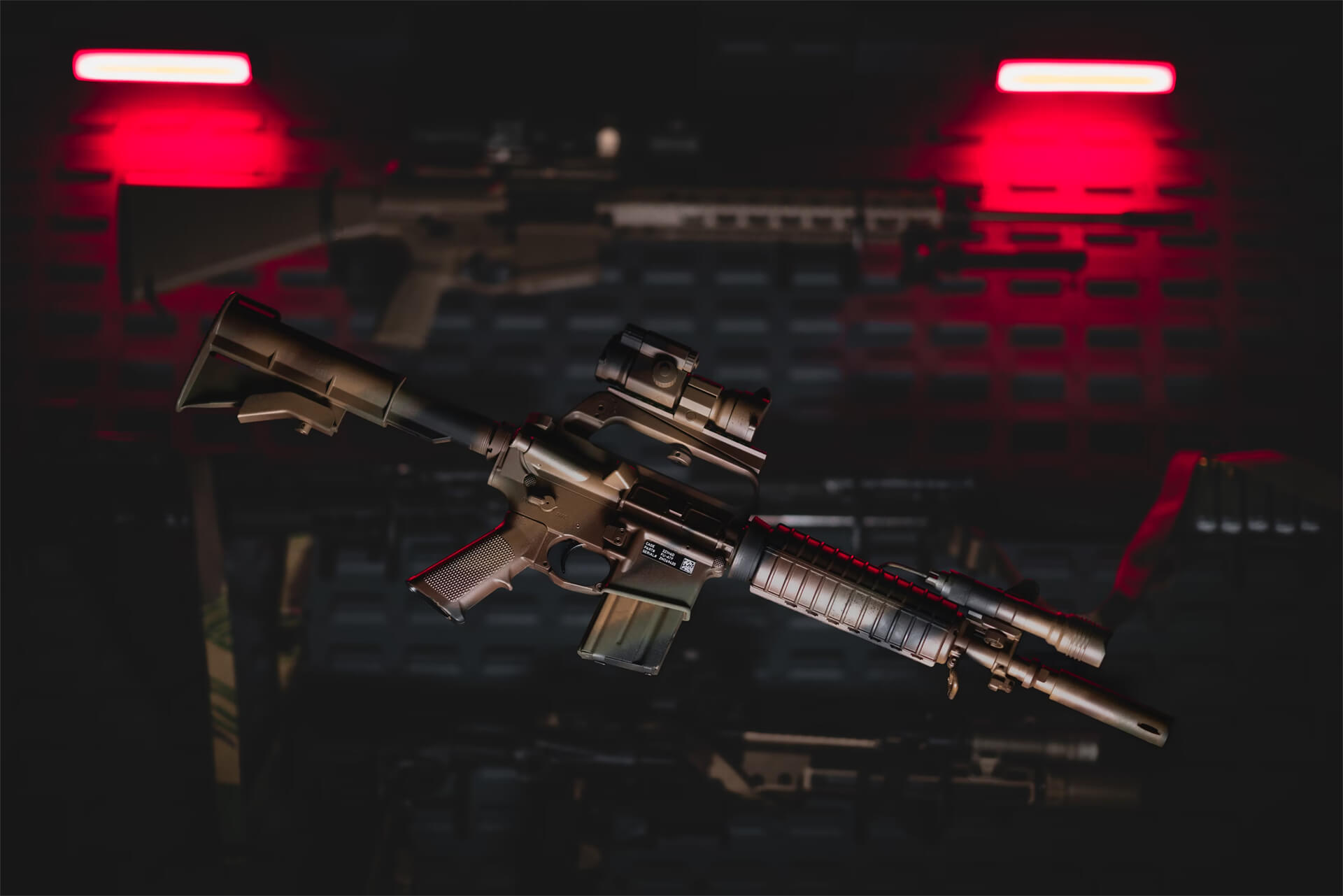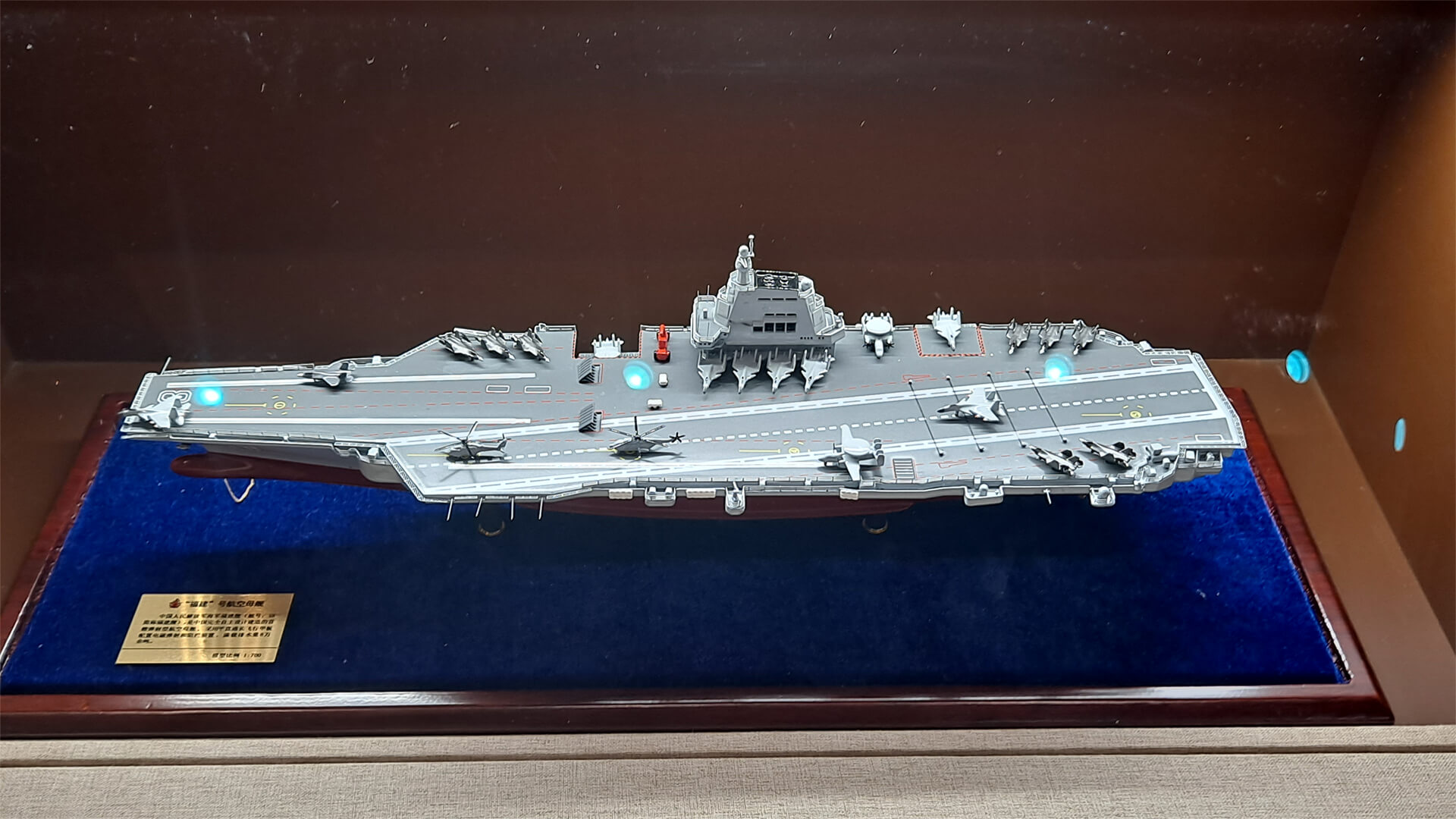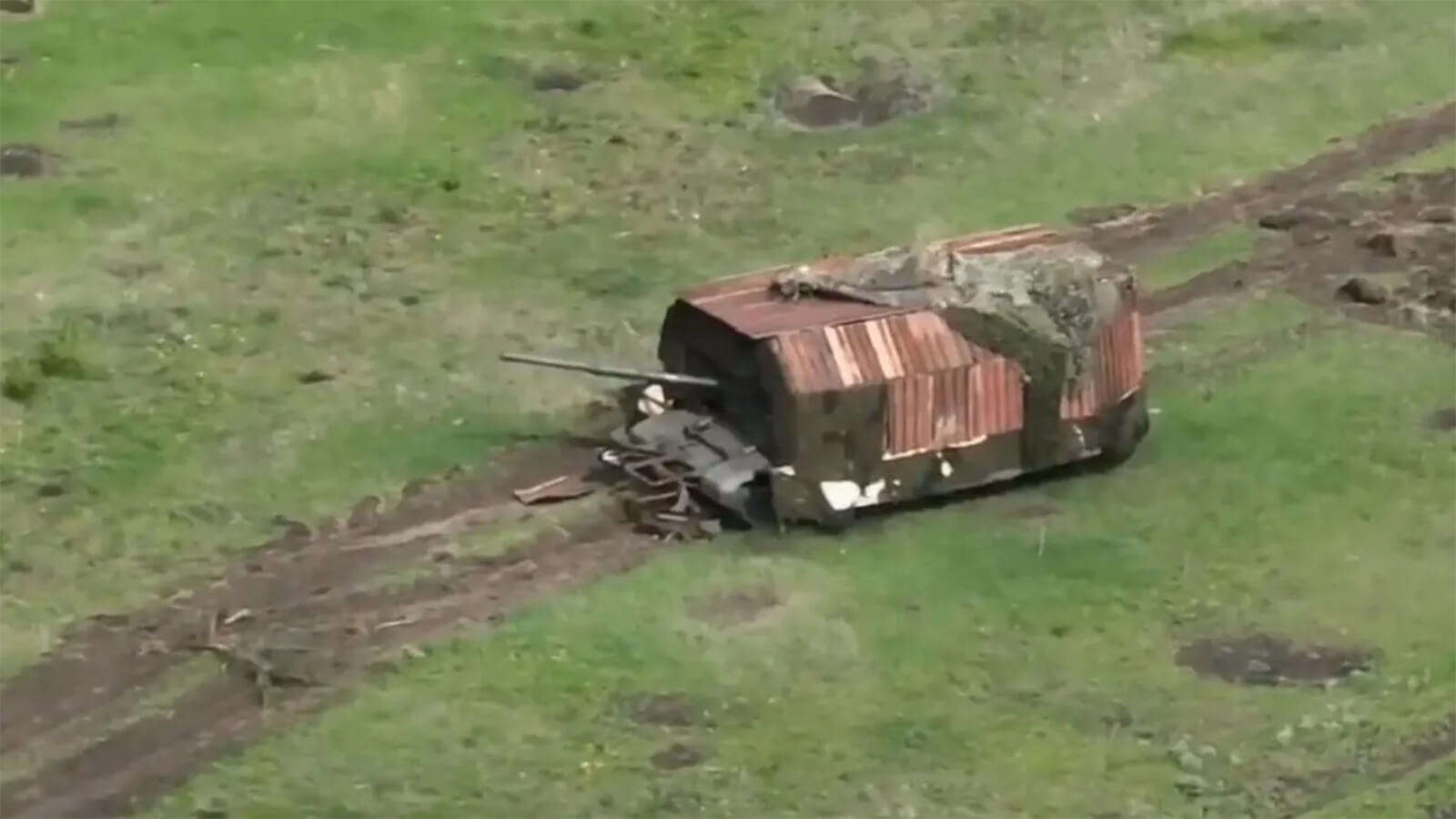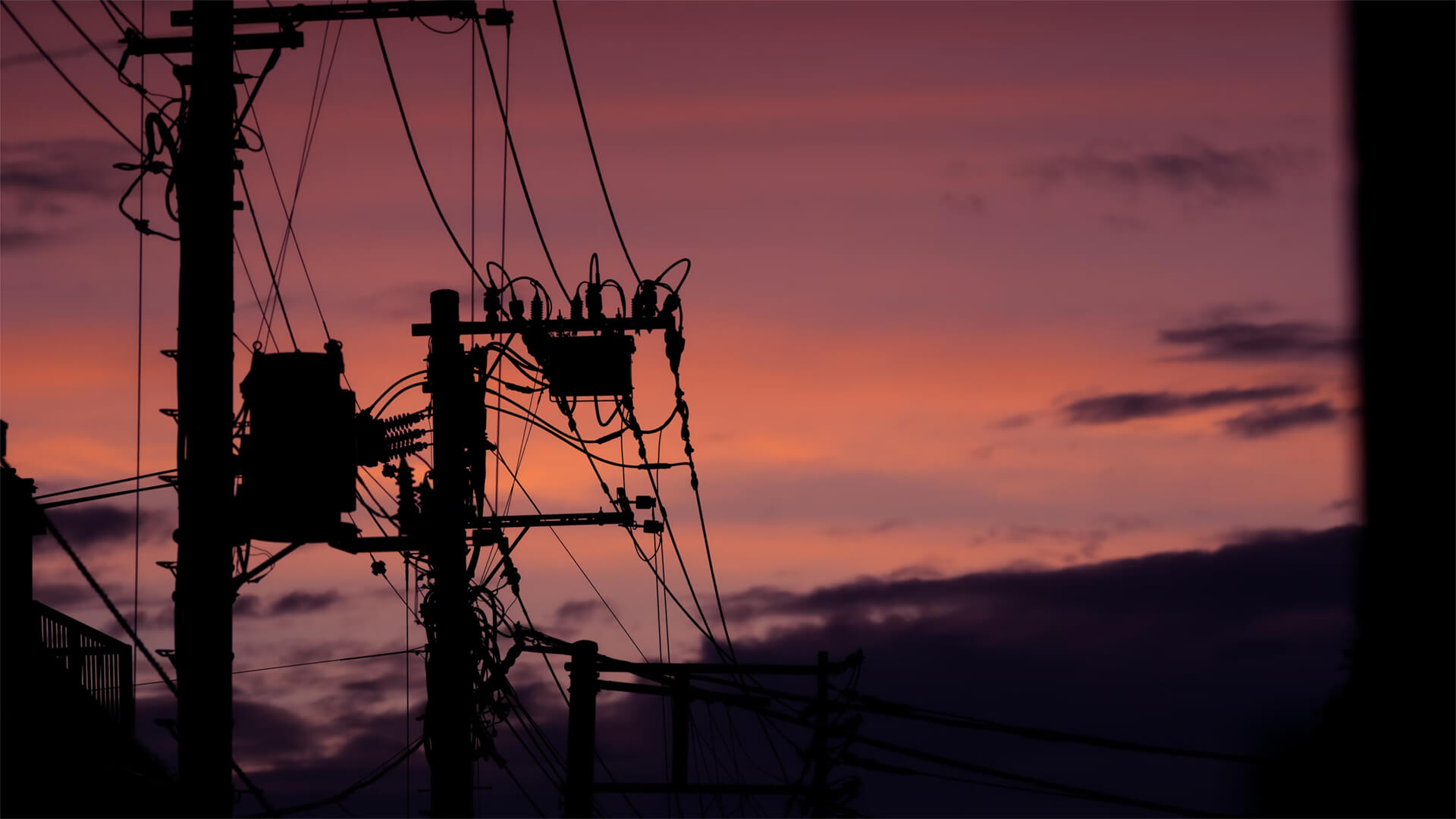Hey everybody, Peter Zeihan here coming to you from Colorado. And today we’re going to talk about the Federal Reserve and monetary policy, specifically on the 26th of April, the personal Consumption Expenditures Index, which is the Fed’s preferred measure of inflation, ticked up to 2.7% when everyone’s been hoping that’s going to tick down. the folks on Wall Street are starting to get very thoughtful because they had all bet in the fourth quarter of last year.
In the first quarter of this year, that by now we would have had a half a dozen rate cuts to stimulate the economy. And the Federal Reserve does not seem interested at all. And playing to their preferred narrative. So I thought it was worth going back to understand why we are where we are, and why you should not expect rate cuts probably at all.
If anything, rate increases for the remainder of the next 2 to 5 years. So step one, most of the inflation story that we’ve been experience of late has been Covid related. Every time that we saw a shift in consumption because of an opening or closing or new variant or new vaccine, whatever it was, we changed what we consume in terms of goods.
And every time we changed our consumption patterns, we had to, retool the supply chains to match the new demand. And it’s going to vary wildly by product and by region. But on average, you’re looking at an 18 to 24 month adjustment period before supply chains can catch up to what we want. Well, most of us reopened more than two years ago in California, the last American state to reopen for good, did so just under two years ago.
So for the last two years, we’ve been seeing inflation steadily tick down as supply chains catch up and the goods mismatch and the supply chain mismatch becomes a smaller and smaller feature in the system. unfortunately for the people who want lower rates, well, this has brought inflation down from 9%. We’re roughly ahead of the peak to something closer to three.
we’ve leveled off at three. And while we might have a little bit more to shake out as California fully comes back into the the system, I doubt we’re going to get down to the 2%, which is the ceiling that the Federal Reserve prefers. So we’re probably at what is our new normal, for inflation low. So not new, not our new average.
And unless we have a change in the Fed’s mandate, you shouldn’t expect interest rates to go down below where they are. If anything, you should expect them to go up. now, that requires understanding a couple other things that are in play. one of them is a little petty, and one of them is definitely not. First, the petty one.
The Federal Reserve looks at Wall Street and it says you have been dealing with capital inflows, of a huge volume, and you’ve been fairly irresponsible with them. you’re responsible for the.com crash. You’re responsible for the subprime crash. and we needed ten years to rebuild the financial sector after each of those catastrophes. So if there’s something that people in Wall Street in the financial community think, oh, well, this has to happen.
Well, it has to happen for their business plans. It doesn’t have to happen for the United States. Economy certainly doesn’t have to happen for the real economy. And it certainly doesn’t have to happen from the Fed’s point of view. So there’s probably a certain amount of wry revenge in play when the Federal Reserve looks at what Wall Street wants and then chooses to do something completely different for independent reasons.
The second issue is that there there really are independent reasons. And for that we have to look at demographics. So when you’re 45 to 65, that is when you’re the most capital rich that you will ever be in your life because your kids are moving out, your house is being paid down and you are saving your money for retirement
Also, if you’ve been at your job for decades, you’re pretty good at it. You’re income’s the highest it will ever be. So from 45 to 65 and especially 55 to 65. That is where all private capital comes from. The savings, all of that capital rich group. Well, the largest generation we’ve had in human history are the baby boomers, not just here in the United States, around the world.
The oldest baby boomers hit 45 in 1990, and the youngest baby boomers will hit 65 and retire and liquidate all their money or all their savings at the low velocity investments they’ll retire in 2030. So from Roth early 2000 to 2020, almost all of the baby boomers were in that capital rich portion of their lives. And as a result, capital availability on a on an American basis, on a global basis was the highest had ever been.
Capital costs were the lowest it was ever been. And in that environment, the fed will be the first to tell you that that made American finance really matter, because there is no way the United States could metabolize all of the baby boomer capital. So an entire financial class rose up to take advantage of the trough and to come up with new financial products, to metabolize it and send a great amount of it abroad.
At the same time, the Chinese were going through something similar from 2000 to 2. 2020 is roughly when their economy was firing on all cylinders. And while it’s not based on private savings to the same degree that ours is, they do a lot more monetization, which is a fancy way of saying printing currency, all the gold bugs in the crypto guys, to a certain degree are right that that’s not great, that it puts everything on a sugar high.
But the Chinese central bank is the one that’s guilty of that, not the US Federal Reserve. Anyway, for 20 years we had all this capital just spamming out of the United States and out of China. And Wall Street was necessary. The financial sector was necessary. A wave above bottomless wave of financial professionals was necessary to use all that capital.
And did they get it all right? No, none of us do. Anyway. That wave’s gone. The vast majority of baby boomers are now retired, and the rest of them will leak out of the system over the next five six years, which means their capital is gone. It’s been turned into low velocity investments like T-bills and cash. The next generation down Gen X is small and the next large generation, the millennials won’t be entering that capital rich period for another 10 to 12 years.
And that assumes they do everything on time. And to this point, whether it’s having a kid buying a house or getting married, the millennials have been doing everything about six years late anyway. Bottom line is there’s not nearly as much free capital available, which means we don’t need nearly as large of a financial sector. And so the Federal Reserve is looking at all this.
And they like there’s less capital demand is falling. Our tools are designed to regulate capital on demand. That means we need to find a new model. And in this new model, the financial sector is no longer all knowing, all seen and omnipresent. So the Federal Reserve rightly is concerned about inflation. And now that we’re in a period of deja globalization, we’re seeing demand for American employment.
And American capital in American materials skyrocket as the U.S. steadily and with increasing speed, disentangle itself from global supply chains. And that means building a lot more industrial plant. And it absorbs all of the things that the private sector has always absorbed. But now, to build a fundamentally new infrastructure that’s expensive, that’s a lot of demand, that’s a lot of inflation.
Now, I’d argue that it’s productive inflation because it’s building the industrial plant that we’ll need for the next generation or two. But until and unless the Federal Reserve mandates changes, they’re not going to be able to get to a world of 2% inflation. Certainly not if they lower interest rates. So when people say higher for a longer, they may be thinking about another quarter or two before interest rates drop.
But I say that until this industrial plant is built out and until we have another large capital generating class in their 50s, why higher for longer means another decade before we see any appreciable relief in capital costs. So bottom line, if you’re going to borrow, do it now. Because even today, with capital costs that have increased by a factor of four in the last five years, this is still the cheapest capital you’re going to be able to access until the mid 2030s.












